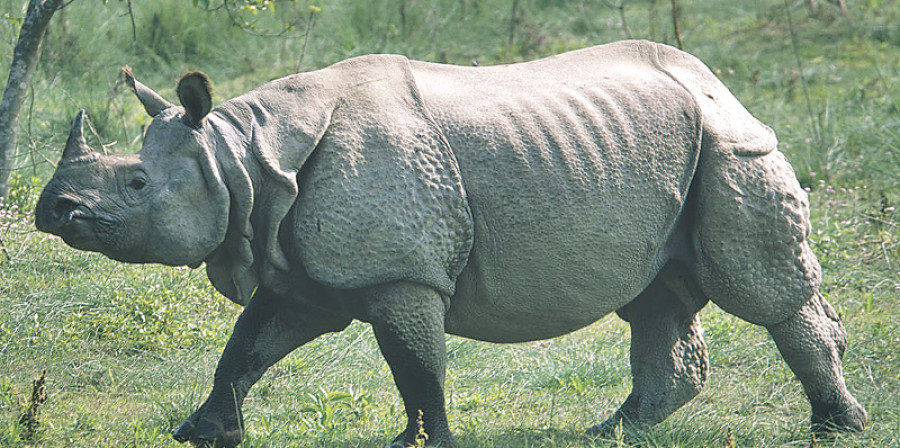Miscellaneous
Rhino relocation: On the horns of dilemma
A government plan to relocate one-horned rhinos from Chitwan to Bardiya has met with fierce opposition from some conservationists.
Pawan Yadav
A government plan to relocate one-horned rhinos from Chitwan to Bardiya has met with fierce opposition from some conservationists.
Conservationists affiliated to various organisations, who are protesting against the plan to relocate rhinos from Chitwan National Park (CNP) to Bardiya National Park (BNP), on Monday submitted a memorandum to Chitwan Chief District Officer Binod Prakash Singh, urging him to stop the entire process.
As per a decision of the Ministry of Forest and Soil Conservation taken last
year, the authorities are planning to move 30 one-horned rhinos from the CNP to the BNP in next three years. As part of the plan, five rhinos—two male and three female—are set to be taken to the BNP on Tuesday.
The protesting conservationists argued that the BNP is “not a safe place” for rhino conservation. They claimed that 83 rhinos have been shifted to Bardiya from Chitwan at different times since 1985, but last year’s census showed that there were only 29 pachyderms in the BNP.
“Bardiya is not a safe place for rhinos. The rhino population has not gone up in Bardiya, while Chitwan has seen significant rise in number of pachyderms,” said Basu Bidari, former chairman of Nature Guide Association.
But Ram Chandra Kandel, chief conservation officer at the CNP, said, “After the first phase of relocation, we will study whether Bardiya is suitable for rhinos. A decision to relocate other rhinos or bring the shifted rhinos back to Chitwan will be taken later.”
Why move is being opposed
- According to the 2015 census, there were 645 one-horned rhinos across Nepal—111 more than last count in 2011. It’s a huge number, as in 1975, only 600 were left in the world
- According to conservationists, 83 of the beasts have been shifted to Bardiya from Chitwan at different times since 1985
- The last count showed Bardiya National Park had only 29—a number which has made conservationists sceptical about the relocation plan




 10.12°C Kathmandu
10.12°C Kathmandu










